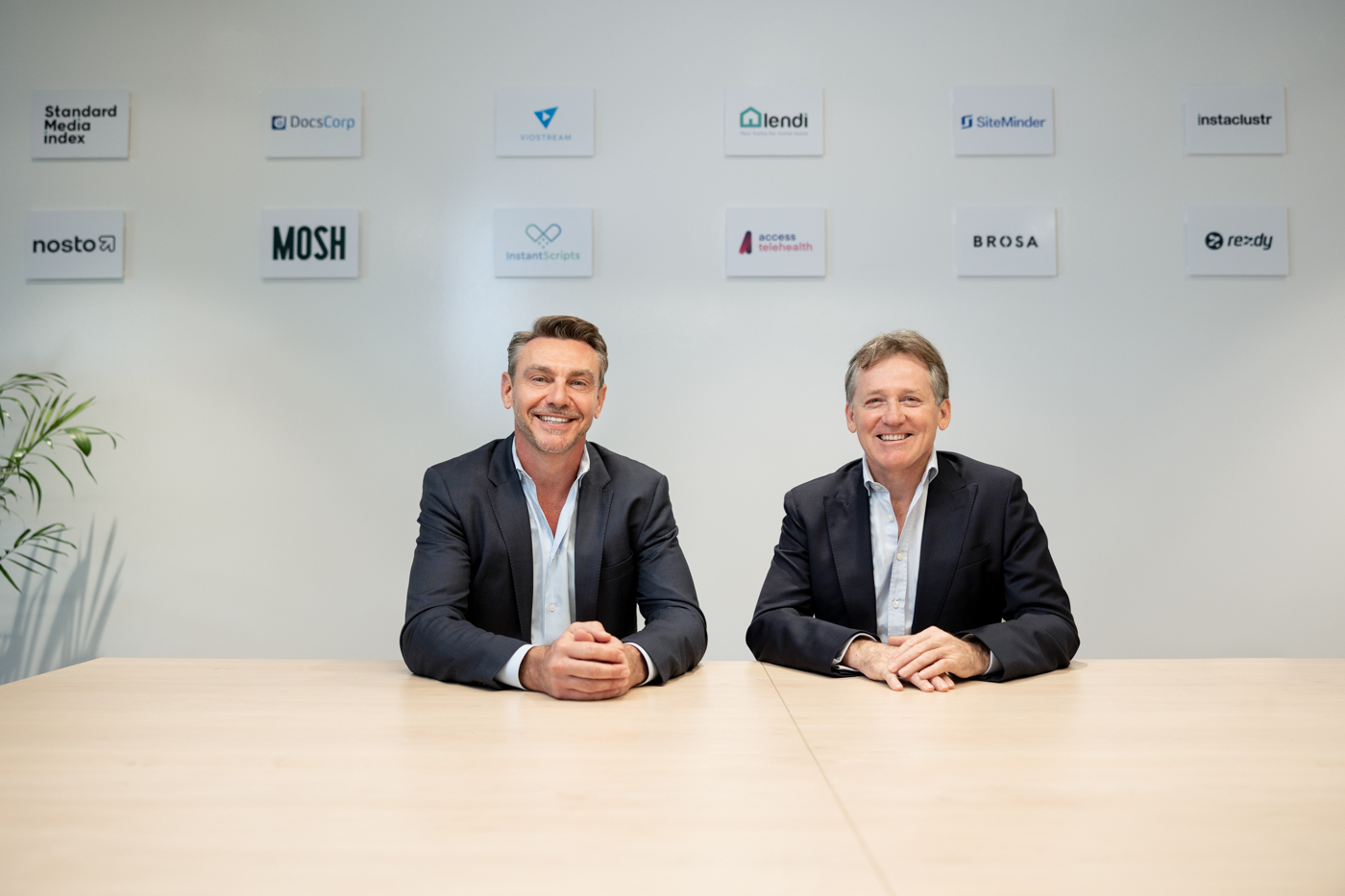
Stockhead: ASX investors share in the biggest dividend cheque in recent history
Markets may be tough, but ASX investors are receiving the biggest dividend cheque in recent history.
Global share markets have come under pressure throughout 2022 with unfavourable economic conditions and geopolitical tensions.
The Australian inflation rate is 6.1%, which is the highest recorded since 1990, and it is expected to peak at 7.75% in the December quarter.
To put the inflation genie firmly back in the bottle the Reserve Bank of Australia (RBA) has been steadily lifting interest rates, with the cash rate now at 2.35%, a seven-year high.
But in some good news for ASX investors Bailador Technology Investments (ASX:BTI) said dividend shares have been paying the biggest cash injection to ASX investors in recent times.

Source: Coppo report
Extraordinary profit results drive dividends
BTI co-founder and managing partner David Kirk said the main driver of this massive windfall in cash dividends are some of the extraordinary profit results from some of the ASX’s largest companies.
The “Big Australian” BHP announced a record US$23.8 billion underlying profit and US$30.9b net profit in FY22.
“BHP alone accounts for approximately $12.5bn or 29% of the total dividend payable in the current September and October 2022 dividend season,” Kirk said.
He said Investors have begun receiving these distributions from early September and peaking this week with $18.7 billion paid to investors. A further $21.2 billion in dividend payments is scheduled through to the end of October.

Source: Coppo report
BTI pays generous dividend
BTI itself has established an ongoing dividend policy. The tech-focused growth capital fund recently paid an effective 7.4% dividend yield, well above the ASX 200 average.
He said the dividend policy reflects the growth, scale, and balance of the fund.
“The dividend policy we have put in place, including paying a fully franked dividend of 4% of pre-tax NTA per share annually, is a direct result of our confidence in the predictability of future returns from the fund.
The dividend payment allows us to bring forward and de-risk returns for shareholders.”
What to do with dividend windfalls
The dividend windfall is on top of abnormally high average cash balances held by consumers in Australia thanks to forced savings and rather generous stimulus packages through the covid-19 pandemic.
However, Kirk said “with the current annual rate of inflation outpacing annual interest earned on the average savings account, investors are looking for a higher return home for their cash.”
He said investors will be conscious of the trade-off between risk and return in investing, with the basic concept being the higher the risk, the higher the return which cuts the other way as well, with lower risk lower return.
“The aim of investors is often to find a risk-return balance that suits their circumstances and is sustainable,” he said.
“Sustainable meaning investors don’t have to keep adjusting their portfolios to get their risk-return expectation back into the balance they’re looking for.”
Understanding risk-return – don’t get caught out
Kirk said more technically, risk-return in a portfolio is derived by calculating the average expected return of the portfolio and the average expected variation in that return.
Indicative returns and the variation of those returns differ for different investment categories.
“What we have seen in calendar year 2022 is a dramatic shift in the risk-return profile of many investment classes and it is important for investors to consider the risk-return characteristics of their portfolio,” he said.
“Further, BTI is a good example of a company whose risk-return profile has changed in recent times. Up until recently an investment in BTI was an investment in a portfolio of private growth stage information technology companies only.”
He said BTI was well diversified within this category by the variation in scale, industry sector, business and revenue model, domestic and international exposure of the companies in the portfolio, but there was no diversification between investment sectors.
“For many years, shareholder returns for BTI investors were driven solely by an increase in the value of the private companies in the portfolio,” he said.
BTI portfolio reflects market conditions
Kirk said the BTI portfolio today is quite different with the company working very hard in FY21 and FY22 to realise cash from its investments and to have its largest position, SiteMinder join Straker Translations as a publicly listed company Siteminder (ASX:SDR).
“As shareholders will know we succeeded in realising $183m of cash in these two years and SiteMinder is now listed on the ASX,” he said.
“This work has resulted in a fundamental change in the balance of assets in BTI and an important change in the risk-return calculus offered to shareholders at just the right time. “
The BTI fund is now balanced across three investment categories including:
- Private growth stage information technology companies (26%)
- Publicly listed information technology companies (26%)
- Cash (48%)

Source: BTI
Kirk said for a period, the BTI portfolio, being balanced across the three asset classes, will have a lower expected return than a fund invested only in private information technology companies but crucially also it will have a much lower variation in expected return.
“Given the uncertainty of current times we think this is just the right place to be for now,” he said.
However, he said while the current BTI portfolio balance is good for this time of volatility, it may not be optimal as market conditions change.
“We are aware that investors choose to add BTI to their portfolio primarily to gain exposure to the risk-return profile associated with private information technology companies and that this slots into each investor’s own portfolio management approach,” he said.
Kirk said it is BTI’s intention to deploy available cash into private information technology companies over time to re-establish private investments as the largest investment category in the fund by a large margin.
“Investment cycles being what they are, that is cycles, we are perfectly positioned to do it all again,” he said.
